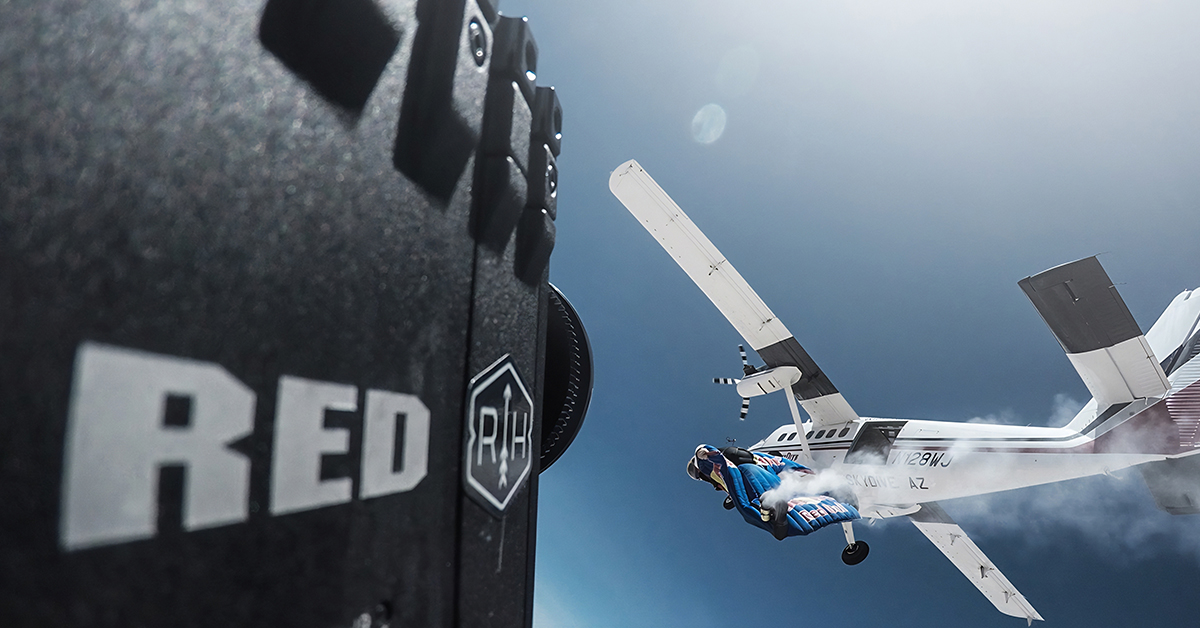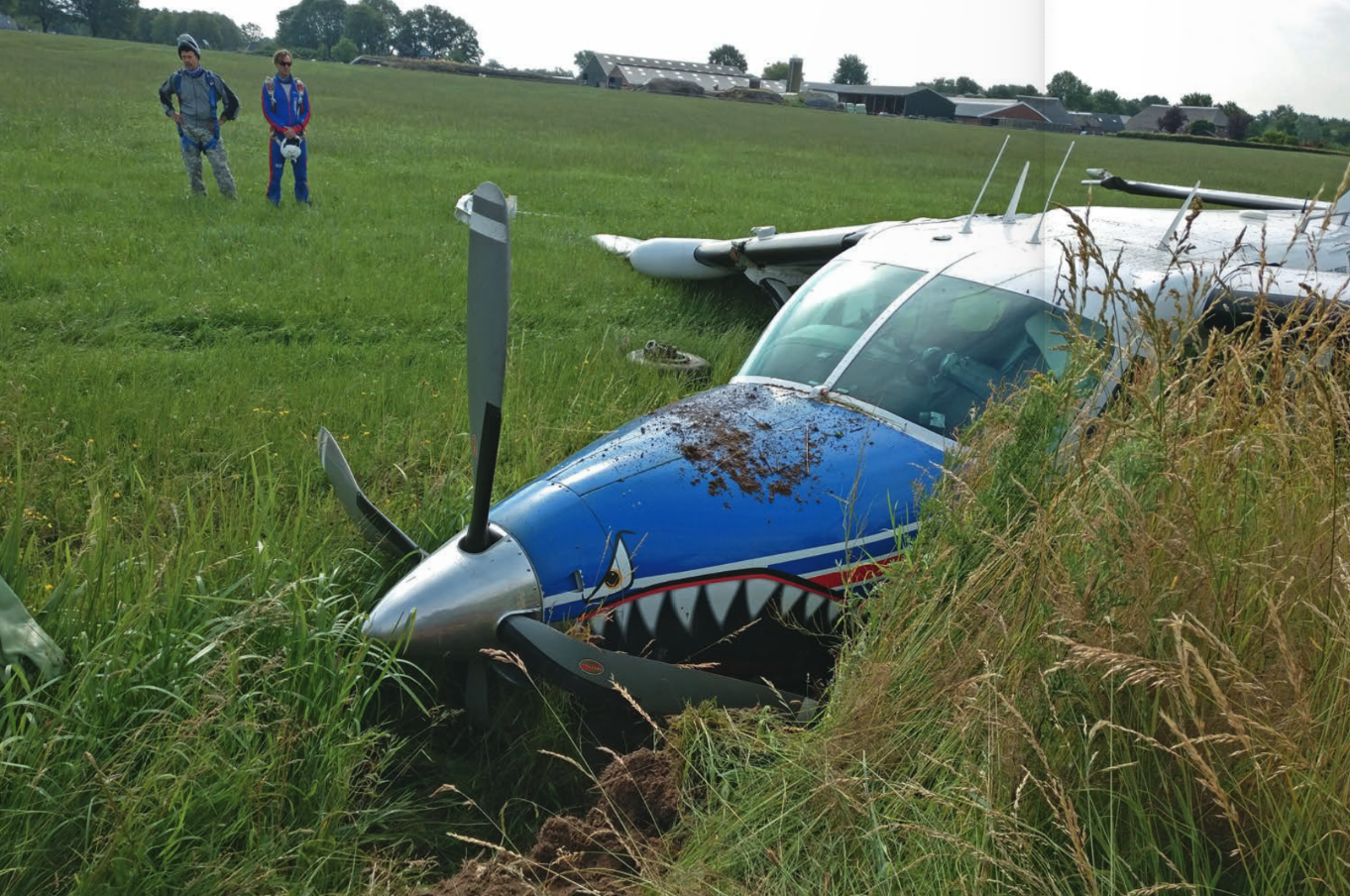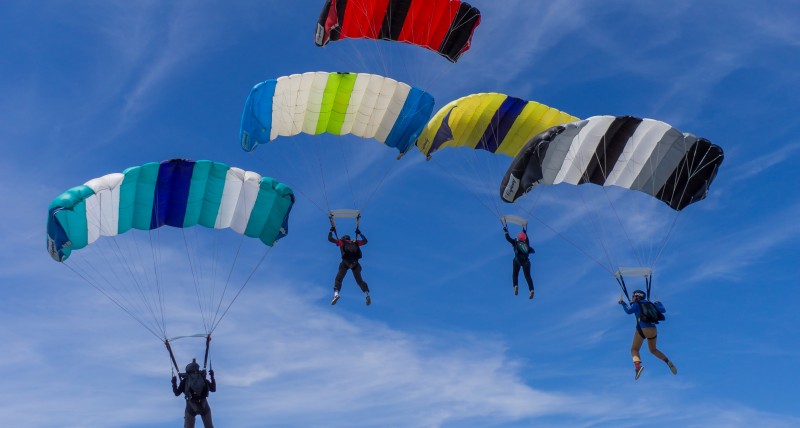Keep your head in the game (and properly attached)
By Nik Daniel
Fun, true story: a less-than-stellar opening once landed me in the ICU with a spinal cord injury. Sure, there were other factors at play – but I probably would have been fine had it not been for the amount of weight that was on my head that day.
These days, safety recommendations have resulted in skydivers being generally more aware of the considerations involved in jumping with a camera. You inarguably already know that if you’re strapping one to your helmet – even “just” a GoPro – you’re adding risk. From there, as your passion for skydiving photography grows, so will your gear. The best time to build safe habits is now, before you’re tempted by the bigger, heavier set-ups that advanced camera jumping will require.
Here’s what to keep in mind.
Minimise the load
Size matters. A lot.
- Only mount large cameras or vertical DSLRs when absolutely necessary.
- Add new equipment gradually, rather than loading up your helmet all at once. Respect every ounce you add.
- Remember: a typical skydiving helmet weighs about 1kg. Add cameras and mounts, and you’re looking at 2.5kg or more. During a 6G opening, that’s 14kg of force on your neck – enough to put you on a stretcher if the stars don’t align. And it only takes a split second.
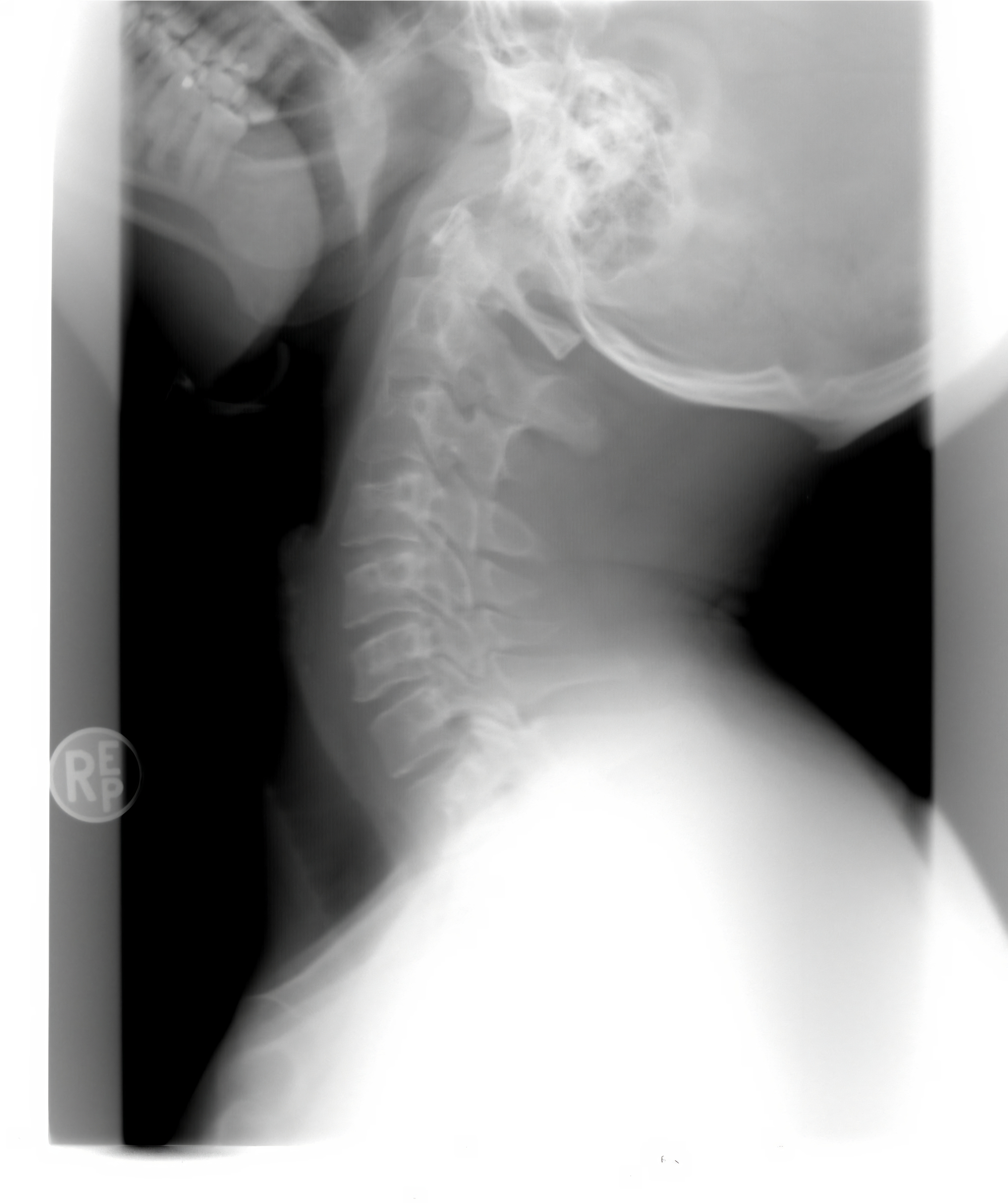
Train your neck like an athlete
Your cervical spine is the highway between your brain and body. Most of us don’t have much muscle here, so it pays to increase the strength and mobility of your neck – not just for safety, but for better flying and filming.
Try these exercises to build neck strength:
- Lie on your back, with pillows under your shoulder blades. Let your head hang back, then bring your chin to your chest. Perform three sets of 20 reps.
- Next, tilt your head back, nose to the ceiling, and turn left to right as if drawing a line across the ceiling. Perform three sets of 20.
- Once you’re stronger, repeat both exercises with your camera helmet on, making sure the shades are drawn to prevent your neighbours from thinking you’re insane.
Progress slowly, adding equipment weight over time. You can count on these exercises to keep your neck in camera-flying shape, even in the off-season.
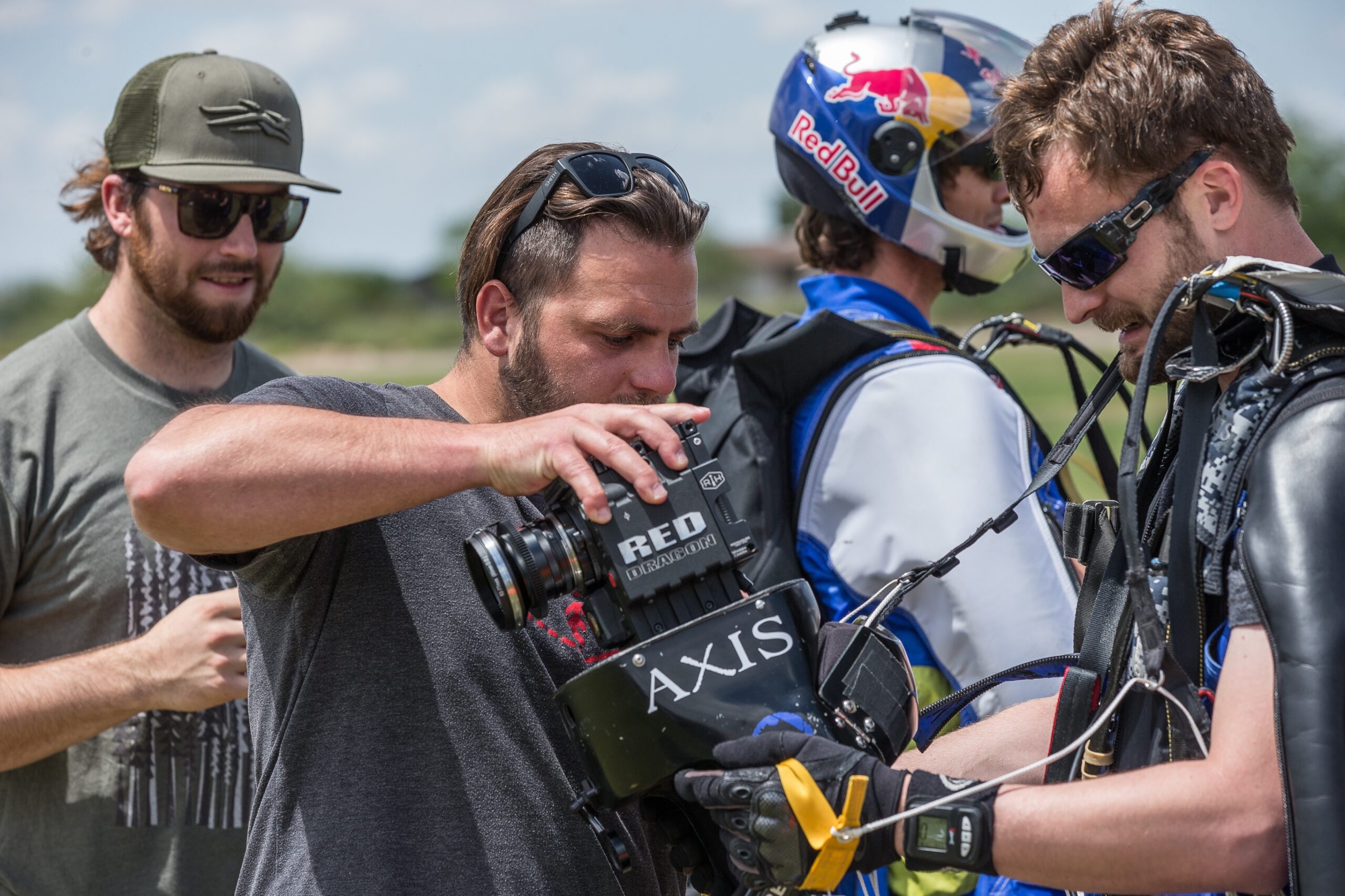
Mind your deployment
There’s nothing like coming back to the sport from a spinal injury. Needless to say, my anxiety meter still spikes at pull time. I had to regain trust in my equipment again, and I got a lot pickier regarding whom I let pack and handle my parachute system, to minimise the chance of future emergencies.
I also learned to pay attention to my body position during deployment:
- Keep your head in a neutral, aligned position – spine straight, eyes on the horizon.
- Balance your helmet’s weight on the crown of your head, just like you would in a headstand.
- After pitching the pilot chute, it helps to use your hands to manually support your jaw.
- As you sit up in the harness, move your hands to your risers – never past your ears – to avoid snagging lines on helmet mounts.
- Pull at a slightly higher altitude for extra time, just in case things go sideways.
Even after deployment, stay alert: as you undoubtedly already know, cameras and accessories can snag on lines during flight or landing. Keep your head in the game until you’re safely on the ground.
Looking ahead
Camera flying is a discipline for the passionate. Given the reality that hundreds (or thousands) of jumps will take a toll on your neck.
If you’re not truly into it – wearing a camera just because it’s the “done” thing – ask yourself if the risk is worth it. Are you jumping to capture art, document a jump, or just for the thrill? Be honest about your motivation, and make the choices that will keep you flying for years to come.
Final word
Protect your neck, train like an athlete, and respect the risks. Your future self – and your delicate, one-and-only spine – will thank you.
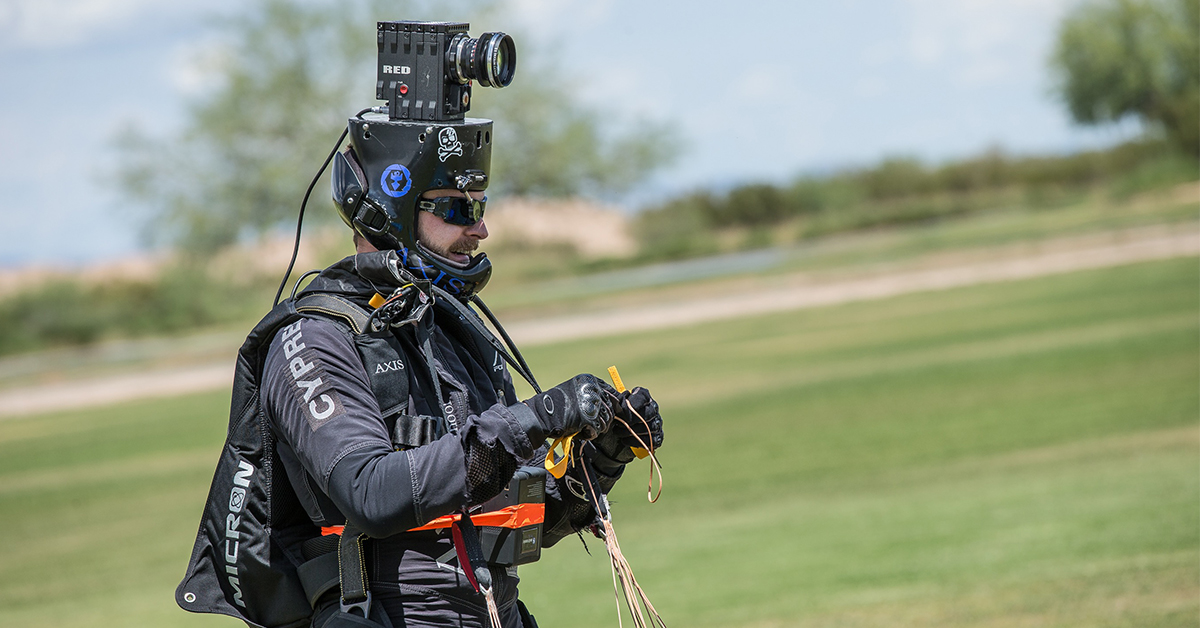
Niklas Daniel, USPA D-28906, has enjoyed a 20-year career in the sport so far – not only as a full-time, multi-disciplinary skydiver, but also an educator, entrepreneur, innovator, artist, photographer, writer and pilot. Co-founder, coach and Program Director of the AXIS Flight School centre for sky and tunnel coaching at Skydive Arizona, he writes the “Foundations of Flight” column for Parachutist Magazine, holds the full suite of USPA Instructor ratings, and is known for innovating non-traditional (but very effective) ideas and solutions, both in competition and education.

